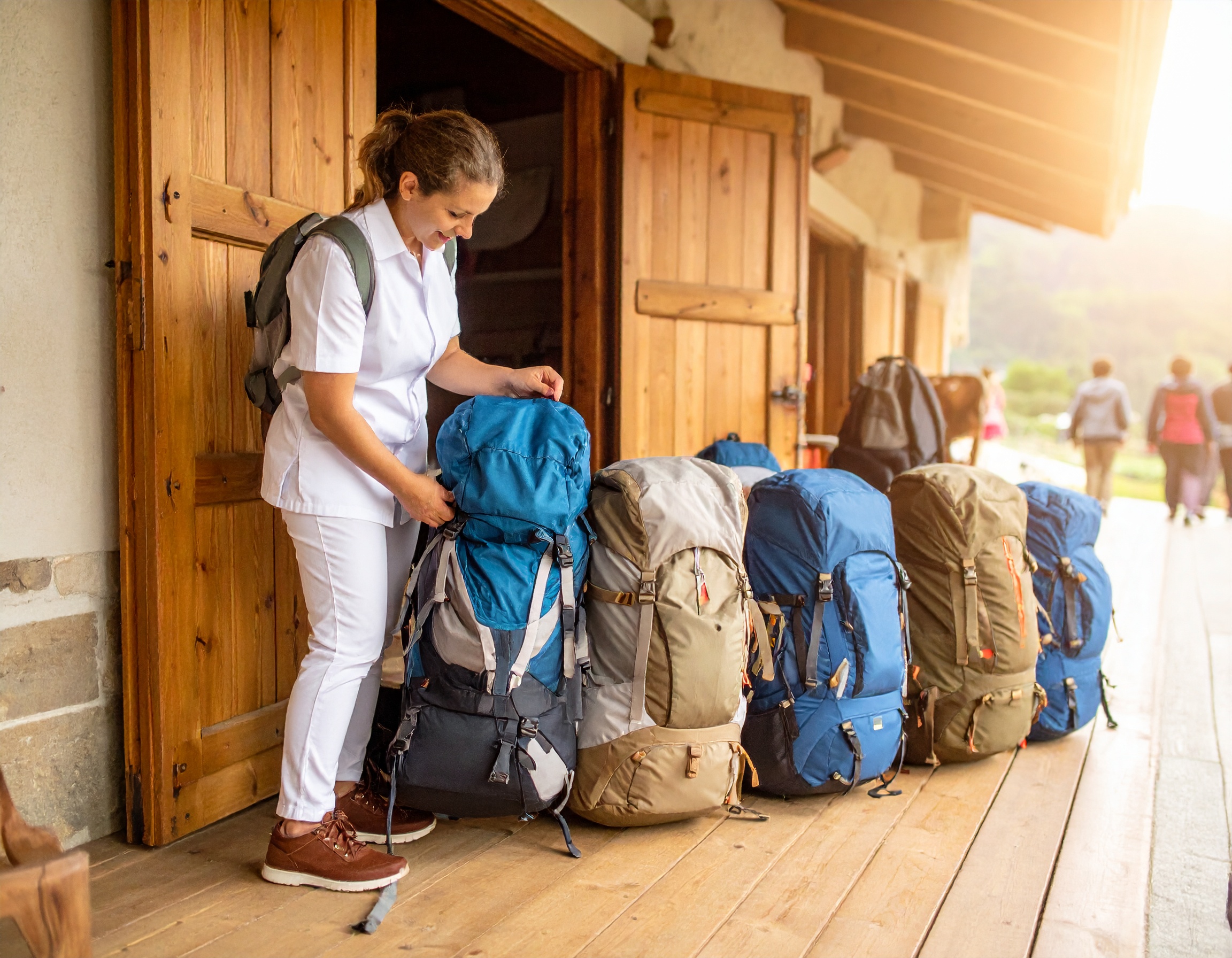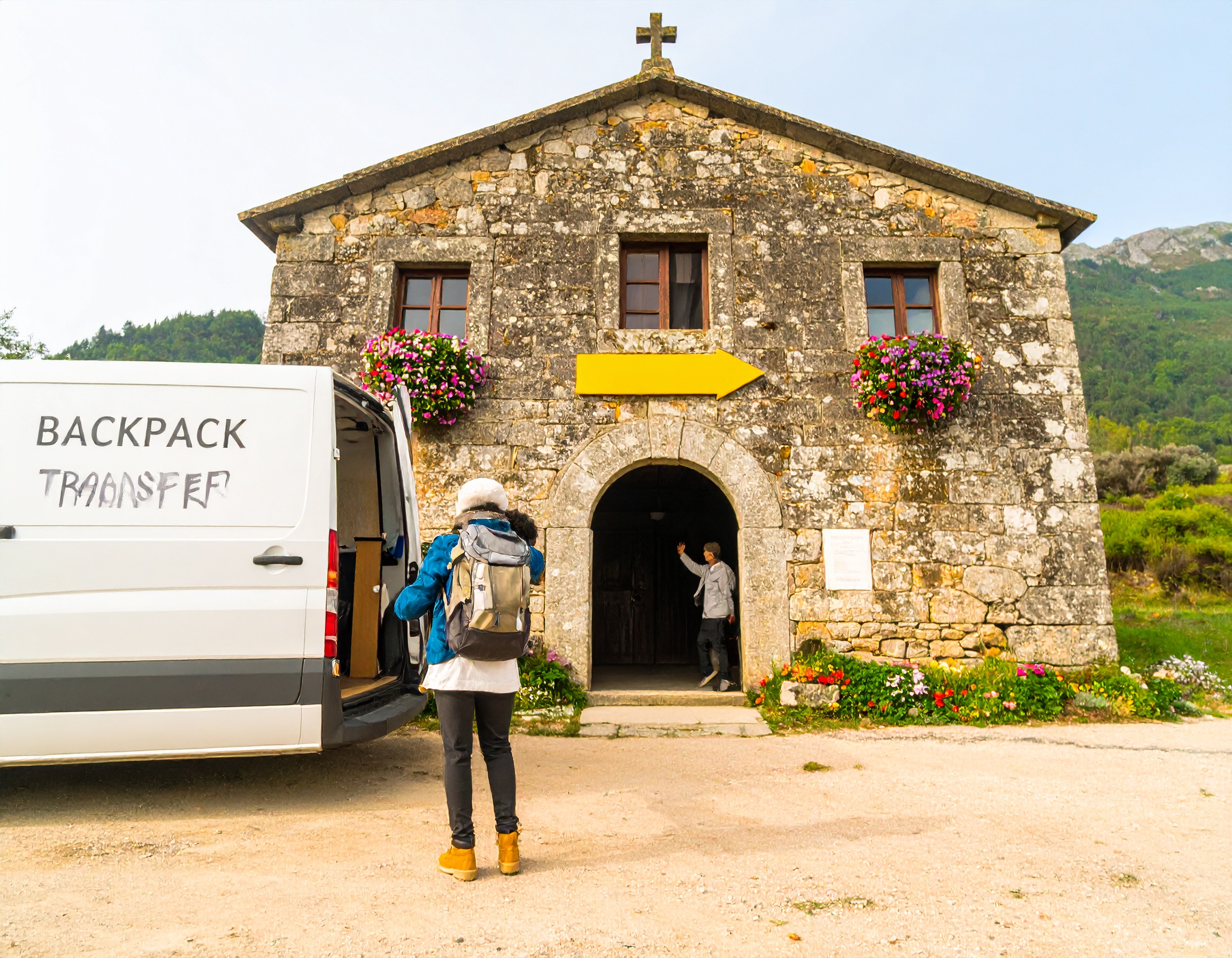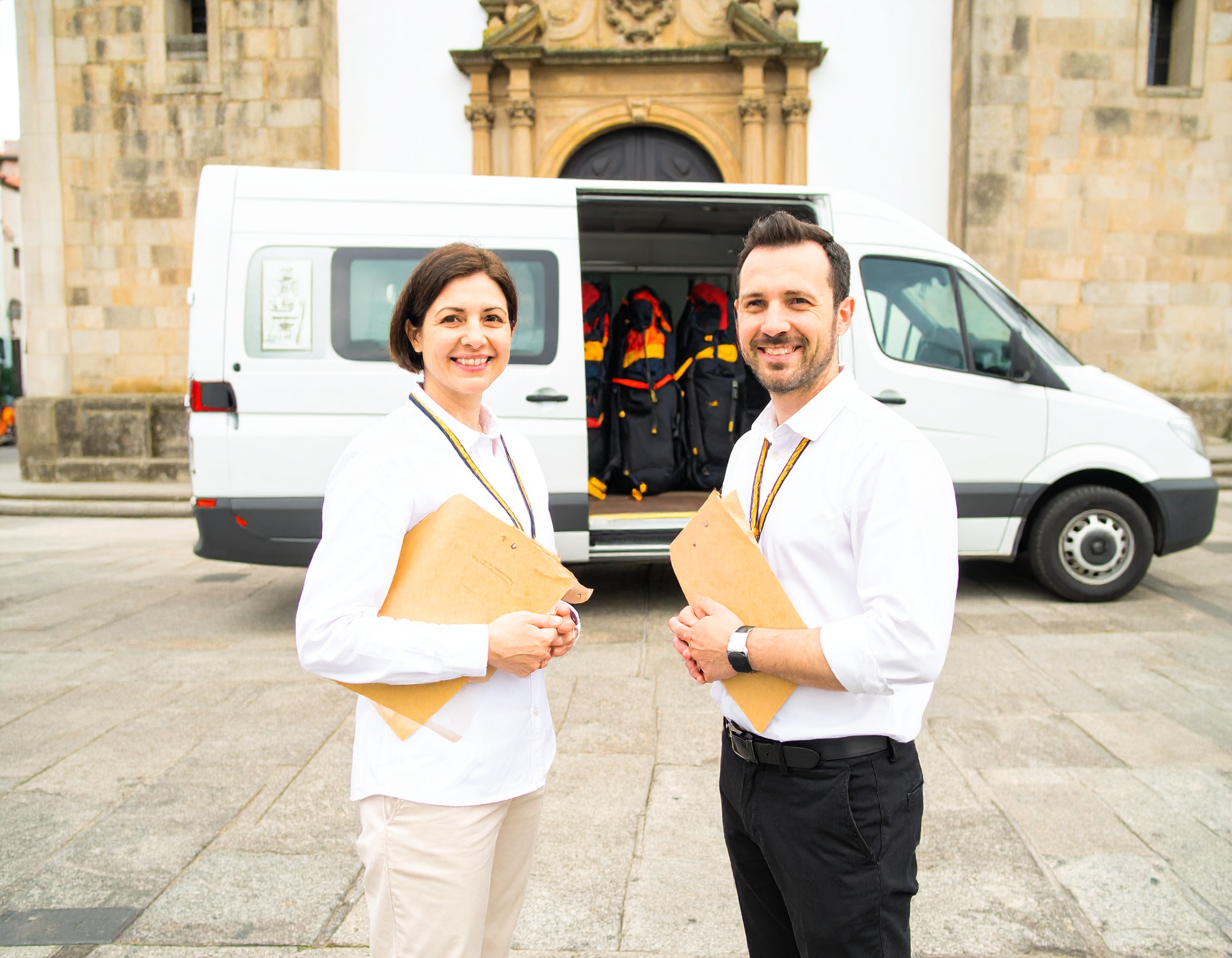
Central Route: From Porto to Santiago de Compostela
The traditional inland route connecting historic cities through northern Portugal and Galicia.
Main stages and distances
From Porto (Portugal):
Porto to Vilarinho: 32 km
Vilarinho to Barcelos: 20 km
Barcelos to Ponte de Lima: 24 km
Ponte de Lima to Rubiaes: 19 km
Rubiaes to Tui: 20 km
Highlighted cities and towns: Barcelos, Ponte de Lima, Tui, Redondela
Spain Section:
Tui to Redondela: 31 km
Redondela to Pontevedra: 20 km
Pontevedra to Santiago: 66 km (3 stages)
Tui to Redondela: 31 km
Redondela to Pontevedra: 20 km
Pontevedra to Santiago: 66 km (3 stages)
Tips for walking the central route
Moderate fitness required, especially between Ponte de Lima-Tui. Pack waterproof gear and good hiking boots. Book accommodation in advance during summer. Hostels available every 15-20km.
Coastal Route: From Porto to Santiago along the Atlantic Coast
Experience spectacular ocean views, beaches, and fishing villages on this increasingly popular alternative.
01.

Coastal route stages and their characteristics
Porto to Vila do Conde: 28 km Vila do Conde to Viana do Castelo: 48 km (2 stages) Viana do Castelo to A Guarda: 42 km (2 stages) A Guarda to Tui: 15 km
02.

Important stops: Vila do Conde, Esposende, Viana do Castelo, A Guarda
Vila do Conde blends fishing heritage with religious sites. Esposende offers protected natural dunes. Viana do Castelo is the coastal highlight with Santa Luzia sanctuary and panoramic views. A Guarda provides spectacular estuary vistas.
03.

Advantages of choosing the coastal route
Milder weather, fewer steep climbs, refreshing sea breezes, and exceptional seafood. Perfect for photography enthusiasts and nature lovers seeking diverse landscapes.
How it works
Interactive Service Coverage Map
Our digital platform provides real-time planning for your luggage transport needs
How to use our map to plan your transport
1
Select walking stages
2
Calculate transport costs automatically
3
Book up to 48 hours ahead
1
Receive SMS/email confirmations
2
Track luggage in real-time
3
Mobile-optimized for on-route management
Luggage pickup and delivery zones
Operating 365 days yearly with flexible schedules. Our team knows every route personally and maintains direct hostel partnerships
Portugal Coverage
Porto (center & airport), all major hostels on both routes, train/bus stations
Spain Coverage
Tui entry point, Redondela, Pontevedra, Caldas de Reis, Padrón, Santiago (including airport)
Popular Stops and Places of Interest
Tui
Medieval cathedral city marking Spain’s border. Essential stop with excellent public hostel and traditional Galician cuisine.
Pontevedra
Car-free historic center creating a peaceful pilgrim atmosphere. Visit Basilica Santa María and enjoy local gastronomy.
Oia
Coastal gem with 12th-century Cistercian monastery. Spectacular sunset views over the Atlantic.
Redondela
“City of viaducts” where routes converge. Complete pilgrim services and historic Santiago church.
Other key points of the Portuguese Camino
Caldas de Reis offers Roman thermal baths for muscle recovery. Padrón is legendary Santiago landing site famous for local peppers. Arcade serves the region’s finest oysters.
Why Choose the Portuguese Camino 🎒
Call me today at
The Portuguese Camino offers exceptional diversity – from Porto’s baroque architecture to Galician forests, coastal cliffs to river valleys. Less crowded than the French route while maintaining authentic hospitality.


